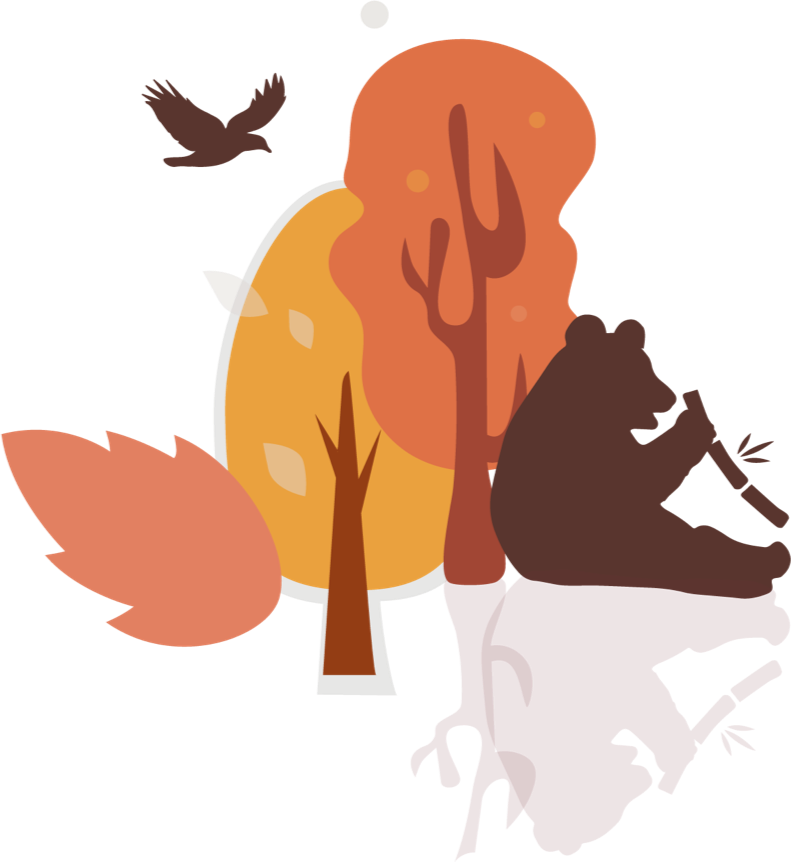Zoos offer an unparalleled educational experience during autumn school holidays, combining outdoor exploration with natural science learning. Children benefit from seeing animals in naturalistic habitats while developing environmental awareness and conservation values. Autumn visits are particularly valuable as the seasonal changes create unique learning opportunities with fewer crowds and more active animals. The combination of structured educational programs, interactive exhibits, and the natural setting makes zoos like Ähtäri Zoo ideal educational destinations for families seeking meaningful autumn break activities that blend fun with learning.
Exploring the educational value of zoos during autumn breaks
Autumn breaks present the perfect opportunity for educational zoo visits when children can observe animals in a less crowded, more comfortable setting. Unlike busy summer months, autumn brings cooler temperatures that often result in more active animal behaviour, creating enhanced viewing and learning experiences.
During syysloma tekemistä (autumn break activities), zoos transform into living classrooms where children can connect theoretical knowledge with real-world observations. The seasonal changes visible throughout the zoo grounds—falling leaves, animals preparing for winter, and shifting habitats—provide unique teaching moments about natural cycles and adaptation.
Many zoos enhance these experiences with seasonal educational programming specifically designed for school holidays. These programs often include themed trails, special keeper talks, and interactive activities that highlight autumn-specific animal behaviours and environmental changes.
The educational benefits extend beyond biology and natural sciences to include lessons in geography, conservation, and global citizenship—all while children enjoy the refreshing autumn atmosphere and engage in meaningful family time. You can learn more about available activities that combine education with enjoyment during your visit.
What makes Ähtäri Zoo an ideal learning environment for children?
Ähtäri Zoo creates an exceptional learning environment through its spacious, natural enclosures spread across 60 hectares of Finnish forest. This design allows children to observe animals in settings that closely resemble their natural habitats, providing authentic learning experiences that simply cannot be replicated in classrooms or through screens.
The forest setting itself becomes part of the educational experience, particularly during autumn when the changing colours and seasonal transitions create a visually stunning backdrop for learning. Children can simultaneously study native Finnish wildlife and exotic species, gaining perspective on global biodiversity while developing appreciation for local ecosystems.
Educational signage throughout the zoo is thoughtfully designed to engage young minds with age-appropriate information, interesting facts, and conservation messages. The walkable layout encourages children to move at their own pace, allowing them to spend more time observing animals that particularly interest them.
For families wanting to extend their educational experience, the Zoo-majoituspaketti (Zoo accommodation package) offers multi-day learning opportunities where children can observe how animal behaviours change from day to evening, deepening their understanding of wildlife habits and routines.
How do autumn zoo visits support classroom learning?
Autumn zoo visits provide powerful real-world reinforcement of classroom science curricula, creating memorable experiences that help solidify abstract concepts. When children observe actual animals demonstrating the adaptations, behaviours, and ecological relationships they’ve studied in textbooks, these concepts become tangible and meaningful.
Teachers and parents can leverage these visits to support specific learning objectives across multiple subjects. Beyond biology, zoo visits can enhance:
- Geography lessons through exhibits showcasing animals from different continents
- Mathematics through observational counting, measuring, and data collection
- Language arts through descriptive writing about animal experiences
- Art through observation and wildlife sketching
The autumn timing is particularly valuable as it often aligns with school units on seasonal changes, animal adaptations, and ecosystems. Many children return to school with renewed enthusiasm for science topics after seeing curriculum concepts demonstrated in the engaging zoo environment.
Parents planning autumn educational visits should check opening hours and ticket prices in advance, as autumn schedules may differ from peak summer times, allowing for better planning of the educational experience.
What conservation lessons can children learn at Ähtäri Zoo?
At Ähtäri Zoo, children engage with powerful conservation messages through direct observation of endangered species and their stories. Seeing animals like snow leopards in thoughtfully designed habitats creates emotional connections that inspire conservation mindsets more effectively than any textbook could achieve.
The zoo’s focus on endangered species protection offers children concrete examples of conservation challenges and solutions. Through age-appropriate educational materials and keeper talks, children learn about threats facing various species and the international conservation programmes working to protect them.
Autumn visits provide unique perspectives on conservation as many animals display seasonal behaviours related to preparation for winter. These observations spark conversations about climate change, habitat protection, and how environmental shifts affect wildlife globally.
Children also learn about practical conservation actions they can take in their own lives. From reducing plastic use to supporting wildlife-friendly practices, these takeaways transform passive learning into active citizenship, empowering children to become part of conservation solutions.
How can families maximize the educational value of an autumn zoo visit?
To gain the most educational benefit from an autumn zoo visit, preparation is key. Families should research the animals beforehand, focusing on species that particularly interest their children or align with what they’re learning in school. This creates anticipation and provides context for what they’ll observe.
During the visit, encourage children to become active observers rather than passive viewers. Bring along notebooks for sketching animals, recording behaviours, or noting interesting facts from information panels. Ask open-ended questions that prompt critical thinking: “Why do you think this animal is more active today?” or “How is this animal preparing for winter?”
Take advantage of any scheduled keeper talks, feeding times, or special autumn programmes, which provide expert insights and memorable experiences. The less crowded autumn environment often means more meaningful interactions with zoo educators and staff.
Extend learning beyond the visit by discussing observations afterwards, researching questions that arose during the visit, or creating art projects based on favourite animals. This reinforces learning and helps children process what they’ve experienced. Check the activities schedule before visiting to plan around educational presentations that enhance the learning experience.
Why zoos remain valuable educational destinations
Zoos continue to evolve as vital educational institutions that offer irreplaceable learning experiences, particularly during the quiet beauty of autumn. These settings provide children with opportunities to develop scientific observation skills, environmental awareness, and empathy for other species—all within contexts that feel like enjoyable family outings rather than formal education.
The multisensory experiences zoos provide—seeing, hearing, sometimes smelling animals, feeling the autumn air, and engaging with interactive exhibits—create powerful memory formation that enhances knowledge retention. This type of experiential learning complements classroom education in ways that digital alternatives simply cannot match.
For children growing up in increasingly urban environments, zoos represent essential connections to the natural world, fostering appreciation for biodiversity and environmental stewardship. This connection becomes even more pronounced during autumn when natural cycles are visibly demonstrated throughout the zoo grounds.
As educational institutions, conservation centres, and memorable family destinations, zoos like Ähtäri Zoo offer exceptional value for autumn holidays—combining meaningful learning with the pure joy of discovery in ways that benefit children’s development while creating lasting family memories.






